Related Research Articles

The Oregon–Oregon State football rivalry is an American college football rivalry game played annually in the state of Oregon between the Ducks of the University of Oregon in Eugene and the Beavers of Oregon State University in Corvallis.
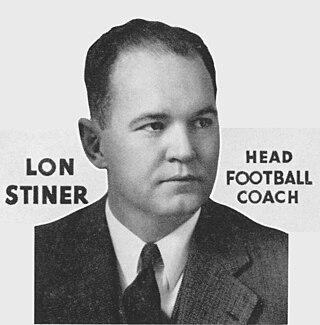
Alonzo L. "Lon" Stiner was an American college football player and coach. He was the head coach at Oregon State College—now Oregon State University—from 1933 to 1948, compiling a record of 74–49–17. Stiner led the Oregon State Beavers to the Pacific Coast Conference (PCC) ittle in 1941 and the three bowl game victories.

The Oregon State Beavers football team represents Oregon State University in NCAA Division I FBS college football. The team first fielded an organized football team in 1893 and is a member of the Pac-12 Conference.

David Carl Mann was an American professional gridiron football halfback and punter in the NFL and CFL. Mann was one of the first two black players to play college football for Oregon State College (OSC), helping to break the color barrier there in 1951.

The 2006 Oregon State Beavers football team represented Oregon State University in the 2006 NCAA Division I FBS football season. The team's head coach was Mike Riley, with home games being played at Reser Stadium in Corvallis, Oregon.
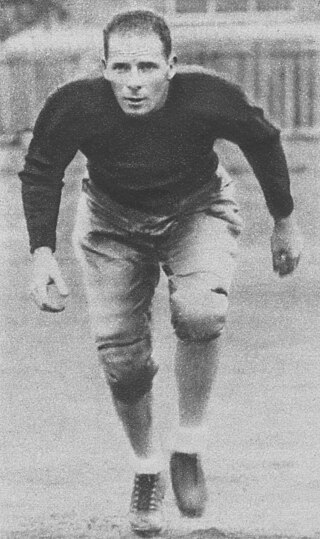
Norman Clifford "Red" Franklin was an American football running back who played in the National Football League (NFL) for the Brooklyn Dodgers from 1935 to 1937. He played college football at Oregon State University, earning All-American honors in 1933.
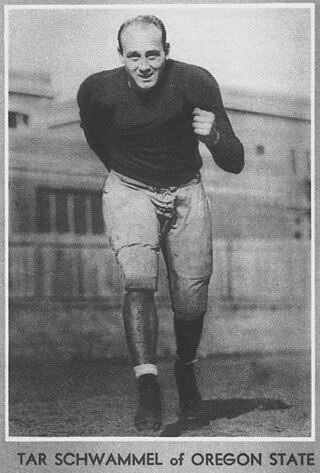
Adolphe John "Tar" Schwammel was an American football tackle who played collegiately for the Oregon State College Beavers. He was named an All-American in 1933.
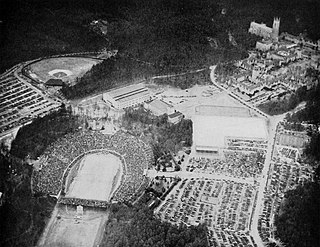
The 1942 Rose Bowl was a college football bowl game played on Thursday, January 1, 1942. It was the 28th edition of the Rose Bowl Game. Originally scheduled for the Rose Bowl in Pasadena, California, it was moved to Durham, North Carolina, due to fears about an attack by the Japanese on the West Coast of the United States following the attack on Pearl Harbor on December 7, 1941. The federal government prohibited large public gatherings on the West Coast for the duration of World War II; the first significant canceled event was the Rose Bowl Game scheduled for New Year's Day, 1942.
The 1957 Rose Bowl was the 43rd edition of the college football bowl game, played at the Rose Bowl in Pasadena, California, on Tuesday, January 1. The third-ranked Iowa Hawkeyes of the Big Ten Conference defeated the #10 Oregon State Beavers of the Pacific Coast Conference by a score of 35–19, in a rematch of a regular season contest in early October at Iowa City, where the home team rallied to win, 14–13.
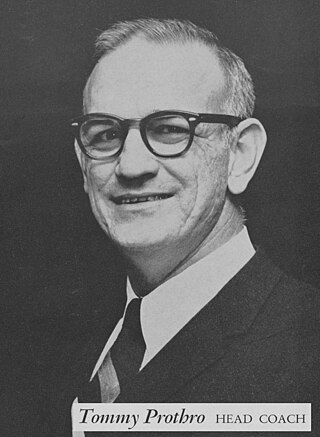
The 1962 Oregon State Beavers football team represented Oregon State University as an independent during the 1962 NCAA University Division football season. In their eighth season under head coach Tommy Prothro, the Beavers compiled a 9–2 record and outscored their opponents 279 to 148. They played three home games on campus at Parker Stadium in Corvallis and three at Multnomah Stadium in Portland.

The 1941 Oregon State Beavers football team represented Oregon State College in the 1941 college football season. The team was led by head coach Lon Stiner.
The 1967 Oregon State Beavers football team represented Oregon State University in the 1967 NCAA University Division football season. The Beavers ended this season with seven wins, two losses, and a tie, and outscored their opponents 187 to 137. Led by third-year head coach Dee Andros, Oregon State finished with 7–2–1 record, 4–1–1 in the Athletic Association of Western Universities tied for runner-up for a second consecutive year.
The History of Oregon State Beavers football covers more than 120 seasons since the team began play in 1893.
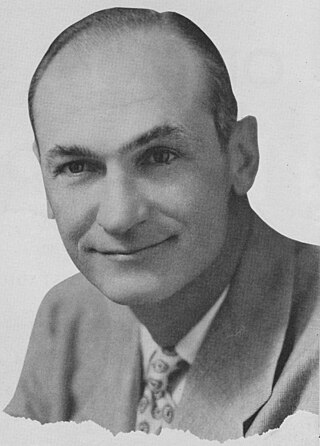
The 1951 Oregon State Beavers football team represented Oregon State College as a member of the Pacific Coast Conference (PCC) during the 1951 college football season. Led by third-year head coach Kip Taylor, the Beavers compiled an overall record of 4–6 with a mark of 3–5 in conference play, placing sixth in the PCC. The Beavers scored 204 points and allowed 180 points on the season. The team finished the season ranked at No. 25 in the 1951 Litkenhous Ratings.

The 1940 Oregon State Beavers football team represented Oregon State College in the 1940 college football season. The team was led by head coach Lon Stiner.
The 1985 Oregon State Beavers football team represented Oregon State University in the 1985 NCAA Division I-A football season. The Beavers started the season 2–0, their best start in 18 years, but lost all but one of their remaining games to post their 18th consecutive losing season. The Beavers' 3–8 record was their best in seven years. The 1985 season is best known for Oregon State's 21–20 win over Washington, the largest point spread upset before Stanford's 2007 win over USC.
The 1983 Oregon State vs. Oregon football game was a college football game played on November 19, 1983, at Autzen Stadium in Eugene, Oregon, the 87th playing of the annual Oregon–Oregon State football rivalry game, then known as the Civil War. The game ended in a scoreless tie, and since overtime was added to NCAA Division I games in 1996, this is likely to be the last such game. However, there have been two more scoreless ties in regulation since then, in 2005 and 2014.

The Pacific Coast Conference Oregon State Beavers football team represented Oregon State College in the Pacific Coast Conference (PCC) during the 1954 college football season. In their sixth and final season under head coach Kip Taylor, the Beavers compiled an overall record of 1–8 with a mark of 1–6 conference play, tying for eighth place in the PCC, and were outscored 296 to 60. The team won the opener at home against Idaho, but then had eight consecutive losses. The Beavers played three home games on campus at Parker Stadium in Corvallis, with one at Multnomah Stadium in Portland.

The 1953 Oregon State Beavers football team represented Oregon State College as a member of the Pacific Coast Conference (PCC) during the 1953 college football season. In their fifth season under head coach Kip Taylor, the Beavers compiled an overall record of 3–6 record with a mark of 3–5 in conference play, placing sixth in the PCC. The team was outscored 187 to 39 on the season. Oregon State opened with five shutout losses, then visited and shut out the Idaho Vandals, 19–0, for their first points and win.

The 1933 Oregon State Beavers football team represented Oregon State College in the Pacific Coast Conference (PCC) during the 1933 college football season. This was the 39th year in school history during which intercollegiate football was played. The team played its home games at Bell Field in Corvallis, Oregon and Multnomah Stadium in Portland.
References
- 1 2 3 "Football Play - The Pyramid, 1933". osulibrary.oregonstate.edu. Archived from the original on 2007-12-20. Retrieved 2007-12-26.
- ↑ George P. Edmonston Jr. "Up Close and Personal: Civil War Oddities". Gazette-Times. Archived from the original on 2003-01-10. Retrieved 2008-11-02.
- 1 2 "Oregon State Plays Fordham in Gotham". The Deseret News . Retrieved 2009-04-25.
- 1 2 3 "70 years ago: "The Pyramid Play"". alumni.oregonstate.edu. Archived from the original on 2003-08-12. Retrieved 2007-12-26.
- 1 2 Anne M. Peterson (November 22, 2006). "Anything can happen in the Civil War: History shows that when the Ducks and Beavers meet, things are unpredictable". Mail Tribune . Retrieved 2008-01-02.